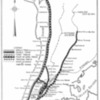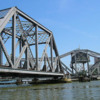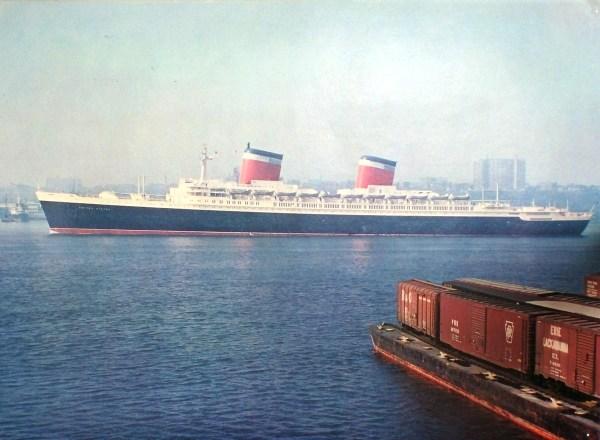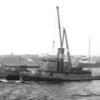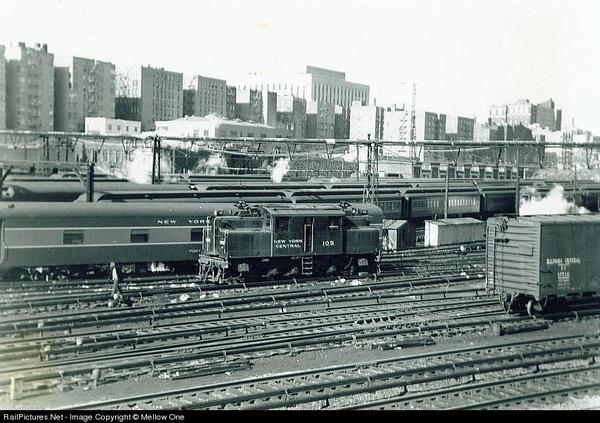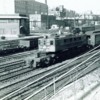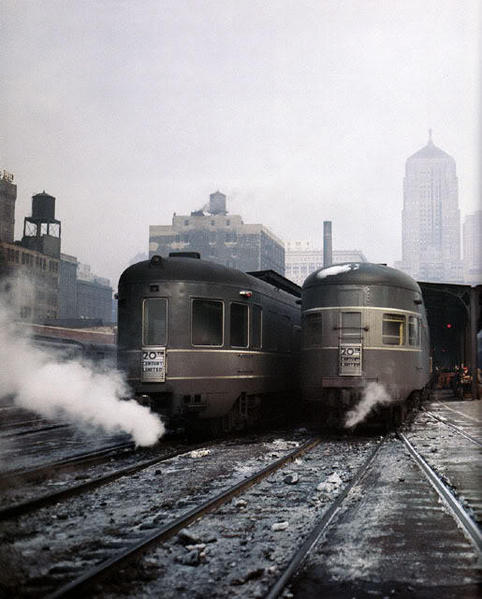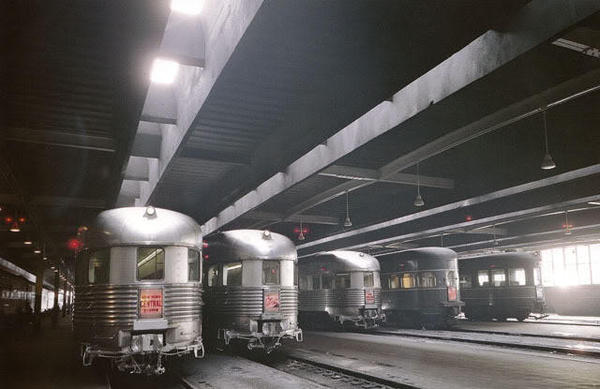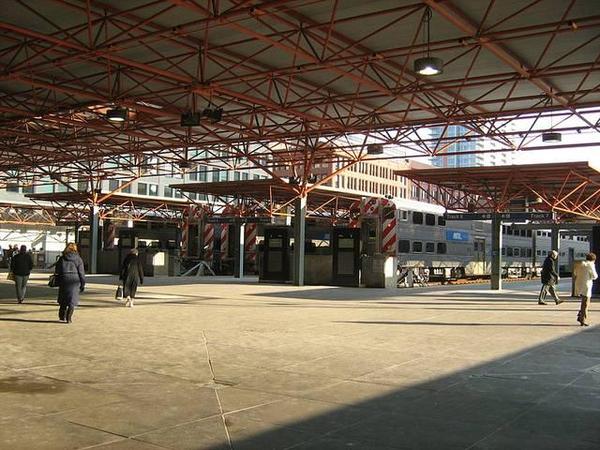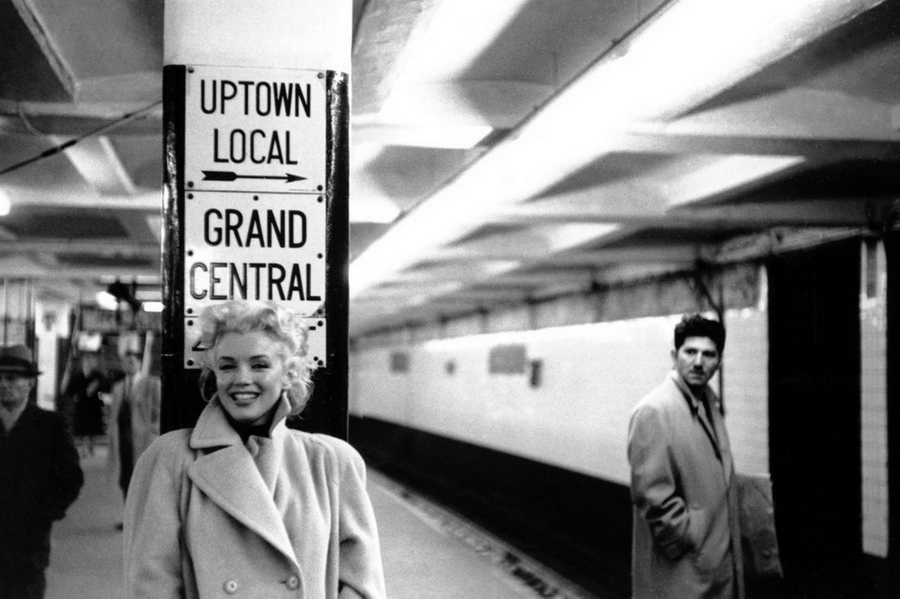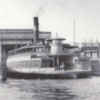Today we visit Spuyten Duyvil. In the New York Central's electrified areas, the West side line diverged from the Hudson River line at this location. The line going down the West side was reached via a swing bridge which still is used today by Amtrak Empire Service, The lake Shore Limited and the Maple Leaf . The connection to the Hudson Line had a Wye so that it was accessible from both directions on the Hudson Line. Using the Wye at Mott Haven, trains coming down the Harlem Line could also reach the West Side line .
New York Central operated a number of Mechandise and Express trains, Meat reefer trains and Milk Trains down the West Side Line. The R motors handled these trains and they all went through Spuyten Duyvil. Here is a line map showing the lines in the New York Central electrified division:
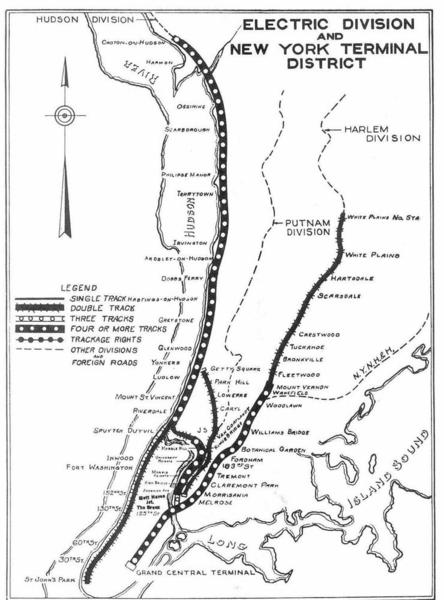
The swing bridge was fairly low to the water as it crossed the Harlem river. Usually it was closed when a train needed to cross. Here are some bviews of the Bridge.

From the air, we see the Swing Bridge in the Foreground with the highway Henry Hudson Bridge above and behind the Spuyten Duyvil. In the 1950's the toll on the highway bridge was 10 cents.

Looking at grade level from the Upper Manhattan side of the Spuyten Duyvil crossing
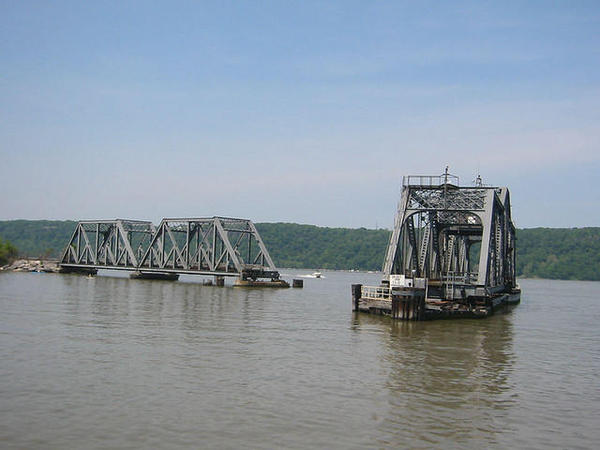
.
Amtrak heading into Penn Station with a New York Area train. This route has been in effect since the early 1990s
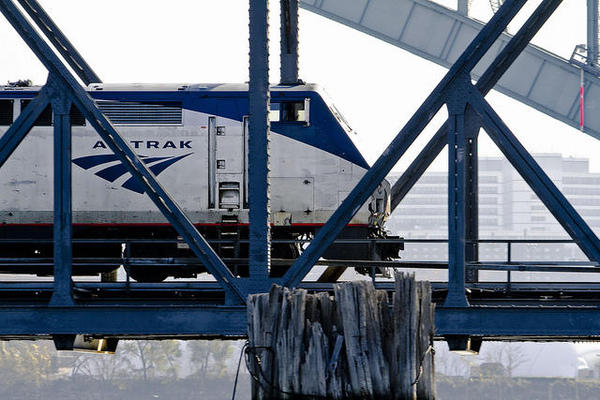
A Former New York Central post war electric in Penn Central colors is leaving the area through the rock cuts.

A Northbound Metro North Train Poses at the Spuyten Duyvil station with the swing bridge in the background.













